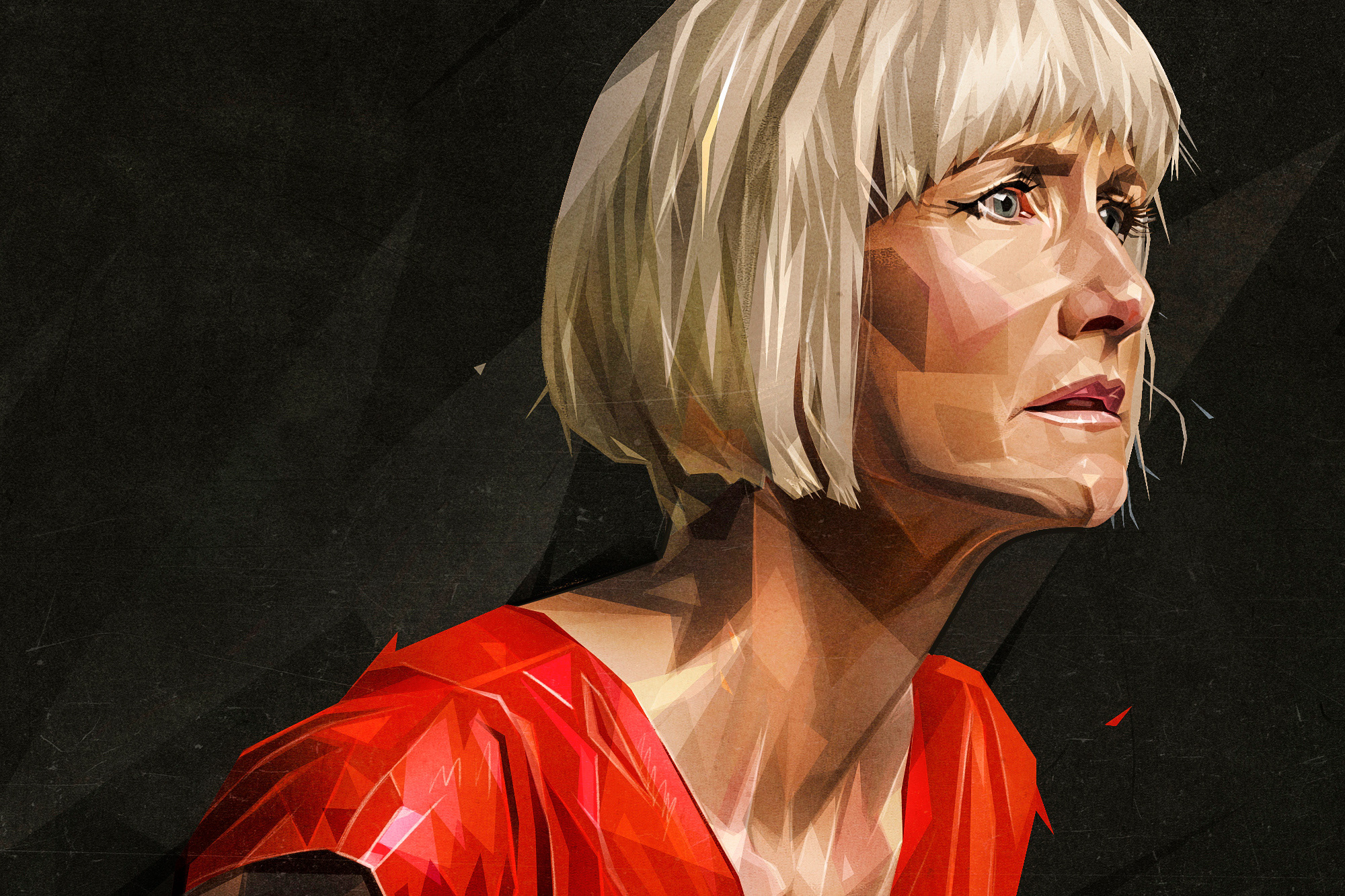NGV CONTEMPORARY
A CHAOTIC PRACTICE INTERLOCKING CONTEMPORARY
Gallery, Designed in Jun 2021
MANIFESTO
I.
Contemporary art is an act of creating art for self-implosion
-
Expression is at first
II.
Vertical saturation of urban and architecture development
is a tendency leading to dynamic and flowing urbanism
-
Layered Future
III.
Chaos is new normalcy
-
The Irregularity




















Notions and Movement of Contemporary Art:
- The history of Art is about how humans find redemption to set themselves free.
- Artists always want to set free from the old hierarchy but turned out to be a new hierarchy
- Art is to oppose authority, but the new art will be a new authoritative restriction
- Marcel Duchamp (Dadaism) initiate anti-art art – the Contemporary Art
- Contemporary populism is not willing to trust the authorities of the elite class anymore like in the past
- Anti-intellectualism and conspiracy theories emerged in the turbulent time
- Anti-authority somehow is identical to anti-intellectualism
- Inter satisfaction as IMPLOSION is interlocking with CHAOS
- Contradiction in “obscure artwork” with CHAOS
At the very beginning of art, humans would like to break the restrictions in daily life – everyone seemed to be stuck on their characters in society. The meaning of art is to set free. But when one type of art was settled down, there would generate a new rule and authority to regulate the art form. So tons of times in the art revolution, artists always want to set free from the old hierarchy but turned out to be a new hierarchy. Until Marcel Duchamp’s Fountain.
In the past revolution, artists tried to change it from form, method, or style. Duchamp tried to renovate it intrinsically. If we want to find redemption in the art to oppose authority, but the new art will be a new authoritative restriction. Then the new revolution for art is to initiate anti-art art. Classic art is for natural aesthetic; modern art is for form aesthetic; contemporary art is for opposing authority and pleasing inner satisfaction. So Duchamp’s Fountain influenced and established later forms of art after the 60s such as incidental art, pop art, conceptual art, art performance, etc.
I defined this inter satisfaction as IMPLOSION interlocking with CHAOS. Accordingly, there are two intertwined points with the previous statement: one is Anti-authority somehow which is identical with anti-intellectualism. The core notion of contemporary art is about opposing authoritative restrictions, which might explain the regressive and anti-intellectual actions. Even these actions themselves could be seen as contemporary performance art. Another one is inner satisfaction which could be defined in another description as Tolerance for the individuals’ comprehension. Because the essence of contemporary art is the action that artists create the artwork, it should’ve been a subjective and personal experience.
Conversely, these both lead to another controversial conception which is reflective of Shigeru Ban’s point about the obscure artwork: if we follow the revolutionary road of art, it will be more and more ambiguous due to the personal emotion and vision cannot be popularised; but if art is an action that everyone could express their emotion, vision even themselves in the flesh (Tilda Swinton's art performance at MoMA), this personal thing could be normalcy as well. Thus, contemporary art is a contradiction of comprehension that only could be told by audiences themselves. Which is another reflection of CHAOS.
From the brief of NGV Contemporary, the primary function is to offer the visitors an extraordinary experience of contemporary art and design. Moreover, as a public space, it must meet the engagement between art and people who should feel included. This impetuous vibe, as far as I am concerned, is the main atmosphere under the consumerism and social media background today. Maybe a more dramatic thing will attract more attention.
Layered Urbanism:
- Limited urban space leads to urban expansion
- Limited urban expansion leads to saturation vertically and horizontally
- Heritage prevention = archive; “not qualified” = replacement
- Regressive is saturation means ample value in a limited space
- Layered urbanism is intertwined
- Urbanism is dynamic and flowing
Due to the long history of Melbourne development and construction, the city was already in a shape in road, block even landscape planning before the “contemporary time”. I take other cities which are under urban expansion today as research objects. As I discussed previously, the limitation of urban spaces and resources is an undeniable topic that leads to urban expansion as the general solution. Hence, layered urban is another consequence of the expansion, which I could roughly divide into vertical and horizontal aspects.
Horizontal expansion is for those areas that still have the potential to attract outsiders to pioneer and bring economic impact hopefully. Simultaneously, it also should require considerable resource support. The original construction and vegetation will be protected as heritage (ARCHIVED) or demolished. The vertical expansion could not achieve this, the replaced building will only be torn down and reconstruct. This is a multidimensional saturation. Besides, heritage is heritage because of the history, cultural value, or just memories. Those demolished are not “qualified” enough. The natural choice turned out to be a certainty of saturation. From an optimistic opinion instead of critical, the regressive could be a reflection of those ample value in a limited space. So the vertical REPLACEMENT and horizontal ARCHIVE is the optimal solution.
So this complex vertical gallery is a metaphor both in form and function.
- In every process of one substance existing, there will always be a chaotic – stable – chaotic status. At the moment is Chaos. Chaos should not be fixed or avoided, instead is normalcy. Chaotic reflection everywhere so why don’t we reflect them subjectively.
REFERENCE
[1] Michel Foucault, 1961, Madness and Civilization: A History of Insanity in the Age of Reason
[2] Richard Hofstadter, 2021, Anti-Intellectualism in American Life
[3] Wenzhong F, Mingan K, 2019, A Postmodern Interpretation of Baudrillard and the Pompidou Center for Culture and Art
[4] Peter Eisenman, 1992, Unfolding Events






